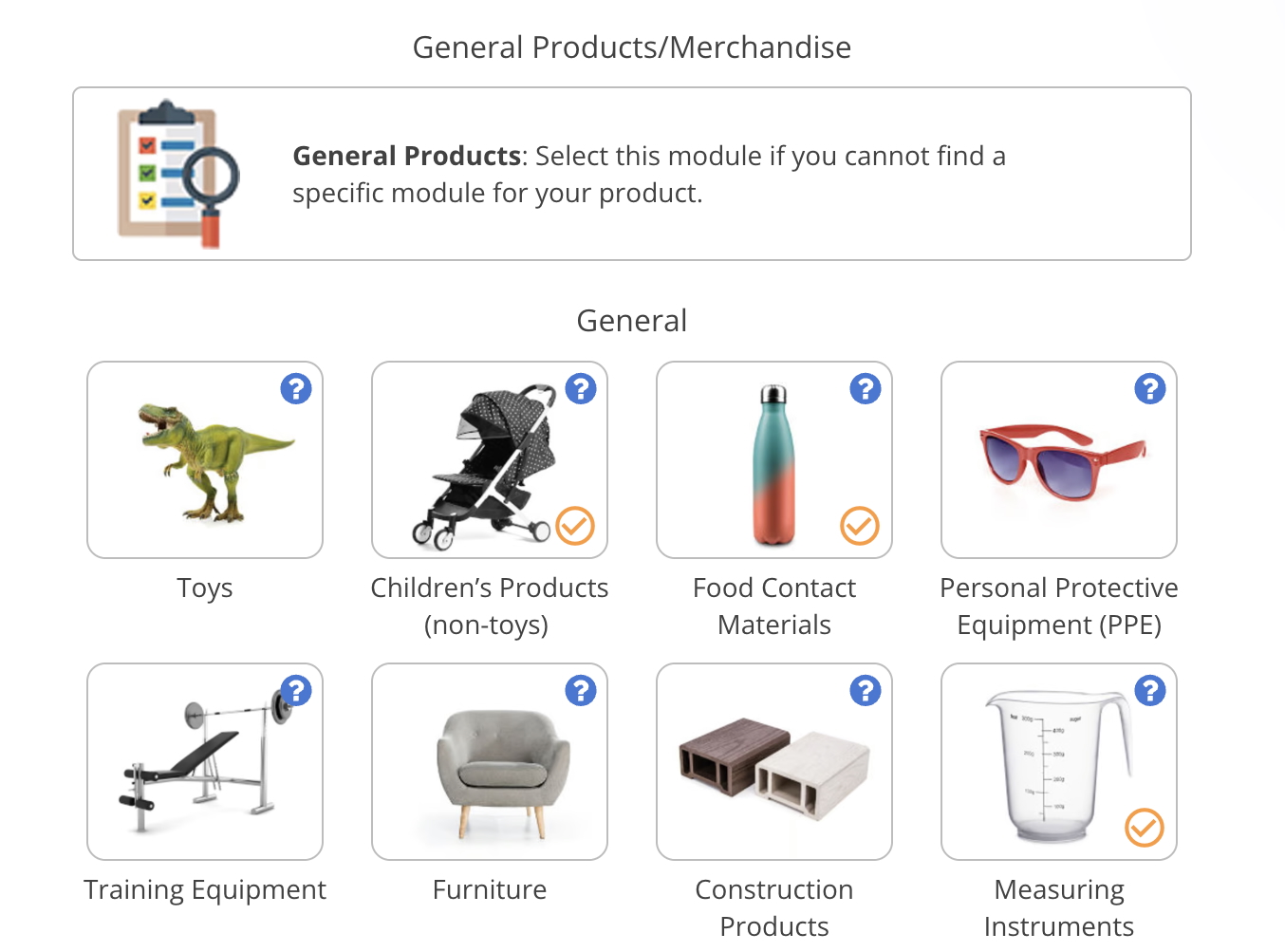
The Occupational Safety and Health Act (OSH Act) sets health and safety requirements for workers, including products used in the workspace such as personal protective equipment.
While there are many different standards and regulations under the act, this guide only focuses on the requirements set by 29 CFR Part 1910 – Occupational Safety and Health Standards. Additionally, it only covers requirements for importers and manufacturers; it does not cover requirements for employers, operations, and procedures.
Content Overview

FREE CONSULTATION CALL (30 MIN)
 Ask questions about compliance requirements
Ask questions about compliance requirements Countries/markets:
Countries/markets:
 Learn how we can help your business
Learn how we can help your business
You will speak with:Ivan Malloci or John Vinod Khiatani
What is the Occupational Safety and Health Act (OSH Act)?
The Occupational Safety and Health Act aims to ensure that workers and the conditions under which they work remain safe and healthy. It also authorizes the enforcement of safety standards and regulations. Here are several examples:
a. 29 CFR Part 1910 – Occupational Safety and Health Standards
b. 29 CFR Part 1915 – Occupational Safety and Health Standards for Shipyard Employment
c. 29 CFR Part 1918 – Safety and Health Regulations for Longshoring
d. 29 CFR Part 1926 – Safety and Health Regulations for Construction
e. 29 CFR Part 1928 – Occupational Safety and Health Standards for Agriculture
While different standards and regulations exist, this article focuses only on 29 CFR Part 1910.
What products are covered by 29 CFR Part 1910?
29 CFR Part 1910 sets standards and requirements for a wide range of product categories used in the workplace. This section lists the subparts in 29 CFR Part 1910 for which we could find product requirements. However, note that other parts that contain product requirements may exist.
Personal protective equipment
Here are the types of personal protective equipment that are listed under Subpart I:
a. Eye and face protection products (e.g., equipment with filter lenses)
b. Respiratory protection products (e.g., air-purifying respirator)
c. Head protection products (e.g., helmets)
d. Foot protection products
e. Electrical protective equipment (e.g., rubber insulating gloves)
f. Hand protection products
g. Personal fall protection systems (e.g., body harness)
Products requiring NRTL approval
The Occupational Safety and Health Administration (OSH Administration) lists 37 types of products for which you need approval from a Nationally Recognized Testing Laboratory (NRTL). Here are examples of such products:
- Portable fire extinguishers
- Fire doors
- Pumps and self-closing faucets
- Electrostatic fluidized beds
- Acetylene apparatus (e.g., torches)
- Hoisting machines
You can find the full list of product types requiring NRTL approval on this page.
Note that the NRTL requirements are not limited to a single subpart. Instead, they can be found in the different subparts of 29 CFR Part 1910.
Other products
This section lists subparts for which we found product requirements.
a. Walking-working surfaces – Subpart D
b. Powered platforms, manlifts, and vehicle-mounted work platforms – Subpart F
c. Fire protection – Subpart L
d. Compressed gas and compressed air equipment – Subpart M
e. Materials handling and storage – Subpart N
f. Machinery and machine guarding – Subpart O
g. Hand and portable powered tools and other hand-held equipment – Subpart P
h. Welding, cutting, and brazing – Subpart Q
i. Special industries – Subpart R
j. Electrical – Subpart S
k. Commercial diving equipment – Subpart T
Note that additional parts covering product requirements may exist.
What substances are covered by 29 CFR Part 1910?
Subpart Z of 29 CFR Part 1910 contains restrictions for toxic and hazardous substances that can be found in the workplace. Here are several examples of listed substances:
- Asbestos
- Benzidine
- Vinyl chloride
- Ethylene oxide
- Formaldehyde
- Respirable crystalline silica
Note, however, that it is possible that other subparts may also cover substance requirements.
Personal Protective Equipment Requirements
Subpart I to 29 CFR Part 1910 provides the requirements for personal protective equipment. This section lists standards, safety, and labeling requirements.
Standards
If a standard is incorporated by reference in a regulation, you generally should comply with that standard. We found that Subpart I incorporates by reference the following standards:
ANSI/ISEA Z87.1 – Occupational and Educational Personal Eye and Face Protection Devices
ANSI Z89.1 – American National Standard for Industrial Head Protection
ASTM F-2412 – Standard Test Methods for Foot Protection
ASTM F-2413 – Standard Specification for Performance Requirements for Protective Footwear
ANSI Z41 – American National Standard for Personal Protection—Protective Footwear
However, Subpart I also mentions other standards. Although we could not find information indicating whether they are incorporated by reference, you still need to ensure product safety by complying with the requirements in the following standards:
ASTM D178-01 – Standard Specification for Rubber Insulating Matting
ASTM D1048-12 – Standard Specification for Rubber Insulating Blankets
ASTM D1049-98 – Standard Specification for Rubber Insulating Covers
ASTM D1050-05 – Standard Specification for Rubber Insulating Line Hose
ASTM D1051-08 – Standard Specification for Rubber Insulating Sleeves
ASTM F1236-96 – Standard Guide for Visual Inspection of Electrical Protective Rubber Products
ASTM F819-10 – Standard Terminology Relating to Electrical Protective Equipment for Workers
ASTM D120-09 – Standard Specification for Rubber Insulating Gloves
ASTM F478-09 –Standard Specification for In-Service Care of Insulating Line Hose and Covers
ASTM F479-06 – Standard Specification for In-Service Care of Insulating Blankets
ASTM F496-08 – Standard Specification for In-Service Care of Insulating Gloves and Sleeves
ASTM F1236-96 – Standard Guide for Visual Inspection of Electrical Protective Rubber Products
IEEE Std 516-2009 – IEEE Guide for Maintenance Methods on Energized Power Lines
Note that more incorporated or mentioned standards may exist.
Safety requirements
Other than standards, Subpart I also directly sets safety requirements for personal protective equipment. In general, personal protective equipment should be safely designed and manufactured, and if damaged or defective, should not be used.
This section lists product-specific examples of safety requirements:
a. Eye and face protection – Filter lenses used in carbon arc welding operations should have a minimum protective shade of 14.
b. Respiratory protection – Respirators used for escaping from atmospheres that are immediately dangerous to life or health (IDLH) should be certified by the National Institute for Occupational Safety and Health (NIOSH) and have a 30-minute service life.
c. Head protection – Employers should ensure that certain helmets protect the workers’ heads from potential injury caused by exposure to electrical conductors.
d. Foot protection – Employers should ensure that employees wear certain footwear that protects their feet from dangers such as static discharge.
e. Electrical protective equipment – Rubber insulating gloves should still withstand an AC proof-test voltage as specified in Table I-1 of 29 CFR Part 1910.137.
f. Hand protection – Employers should mandate employees to use proper hand protection when exposed to risks such as punctures and thermal burns.
g. Personal fall protection systems – Carabiners should sustain a minimum tensile load of 5,000 pounds (22.2 kN).
Labeling and marking requirements
29 CFR Part 1910 Subpart I sets labeling and marking requirements for certain types of personal protective equipment. Here are the product-specific labeling requirements that we could find – although more may exist.
Eye and face protection
Personal protective equipment for the eyes and face should bear distinct markings to identify the manufacturer.
Respiratory protection
a. Employers should make sure all workplace canisters, cartridges, and filters are color-coded and labeled with the NIOSH approval label. This label should remain readable and not be removed.
b. NIOSH-approved breathing-gas containers should be marked according to the Quality Assurance provisions of the NIOSH approval for the self-contained breathing apparatus
Electrical protective equipment
Different classes of rubber insulating equipment should bear the following clear markings:
- Class 00 – for Class 00 equipment
- Class 0 – for Class 0 equipment
- Class 1 – for Class 1 equipment
- Class 2 – for Class 2 equipment
- Class 3 – for Class 3 equipment
- Class 4 – for Class 4 equipment
- Type I – for nonozone-resistant equipment
- Type II – for ozone-resistant equipment
Note that the equipment may bear other markings, such as the equipment size and manufacturer. Markings should also be non-conducting. Any markings on gloves should appear only on the cuff.
NRTL Approval
The OSH Administration provides a list of products that require approval from Nationally Recognized Testing Laboratories (NRTL). Here are some examples of these products:
- Automatic sprinkler systems
- Heat actuated closing devices
- Flame arresters
- Marine service station dispensing units
- Liqueified petroleum gas storage and handling systems
- Electrostatic hand spray devices
- Diesel industrial trucks used in hazardous atmospheres
- Fuel gas manifolds
You can find the rest of the covered products on the OSH Administration’s “Type of Products Requiring NRTL Approval” page.
Standards
The OSH Administration requires you to comply with the appropriate test standards for your product under the NRTL Program. This section lists several examples of these standards:
UL 10A – Tin-Clad Fire Doors
UL 82 – Electric Gardening Appliances
UL 130 – Electric Heating Pads
UL 469 – Musical Instruments and Accessories
UL 1023 – Household Burglar-Alarm System Units
UL 2158 – Electric Clothes Dryers
UL 2735 – Standard for Electric Utility Meters
UL 60065 – Audio, Video and Similar Electronic Apparatus
CSA/AM Z21.17 – Domestic Gas Conversion Burners
NFPA 13 – Installation of Sprinkler Systems
You can find the list the appropriate test standards on the OSH Administration’s “Appropriate Test Standards” page.
Certification
According to the OSH Administration, you need to contact an NRTL for a quotation regarding product certification. The laboratory that you contacted should then inform you of what documentation and samples they need for testing and certification purposes.
NRTL Mark
You must apply the registered certification mark of the NRTL of your choice to your product. Note that the OSH Administration does not mandate you to use a specific “NRTL” mark.
Nationally Recognized Testing Laboratories
Nationally Recognized Testing Laboratories are organizations recognized by the OSH Administration that test and certify products using consensus test standards.
You generally should have your products undergo testing to ensure product safety and compliance. More specifically, you need to use an NRTL to test, certify, and approve your product if it is listed on the OSH Administration’s “Type of Products Requiring NRTL Approval” page, and you want to sell the product to a company that falls under the OSH Administration jurisdiction, such as employers.
The OSH Administration lists 21 NRTLs on its “Current List of NRTLs” page. Here are some examples:
-
- Nemko North America, Inc. (NNA)
- Bay Area Compliance Laboratories
- NSF International (NSF)
- Southwest Research Institute
- UL LLC
Toxic and Hazardous Substances
Subpart Z to 29 CFR Part 1910 specifies requirements for employers and manufacturers of chemicals, such as:
- alpha-Naphthylamine
- beta-Propiolactone
- Inorganic arsenic
- 1,3-Butadiene
For some of the chemicals listed in this subpart, manufacturers, importers, and distributors should comply with the requirements of the Hazard Communication Standard (HCS) set in Subpart 1910.1200 Hazard communication. We found the following requirements:
- Classification
- Labeling
- Warnings
- Safety data sheets (SDS)
Specifically, the label of the shipped containers should contain at least the following information:
- Product identifier
- Signal words
- Hazard statements
- Pictograms
- Precautionary statements
- Name, address and phone number of the responsible party in the United States (e.g. the manufacturer).
Product testing
You generally need to get your product tested in order to comply with the requirements and to ensure your product is safe. When your product passes testing, you receive a test report proving compliance with the requirements.
Specifically, if your product requires NRTL approval, then you should get your product tested and certified by an NRTL.
FAQ
Does Personal Protective Equipment require NRTL approval?
The OSH Administration website features a page that lists “Type of Products Requiring NRTL Approval”. It also has a page that lists standards that apply to products for which NRTL approval is required.
However, we could not find any mention to personal protective equipment on any of these pages.
What are the labeling requirements for Personal Protective Equipment?
As explained earlier in this guide, there exist labeling requirements for different types of personal protective equipment. Here are some examples of these requirements:
a. Eye and face protective equipment – Such equipment should be labeled with distinct markings to identify the manufacturer.
b. Respiratory protective equipment – It should contain information specifying if the product is approved by NIOSH.
c. Electrical protective equipment – Different classes of rubber insulating equipment should be labeled with their equipment classes (e.g. Class 3 for Class 3 equipment).
For what substances should manufacturers and importers comply with the requirements of the Hazard Communication Standard (HCS), under Subpart Z to 29 CFR Part 1910?
Subpart Z to 29 CFR Part 1910 lists many toxic and hazardous substances. Importers and manufacturers of the following substances must comply with the Hazard Communication Standard (HCS) requirements:
- Asbestos
- Carcinogens (4-Nitrobiphenyl, etc.)
- Vinyl chloride
- Inorganic arsenic
- Lead
- Chromium (VI)
- Cadmium
- Benzene
- Coke oven emissions
- 1,2-dibromo-3-chloropropane
- Acrylonitrile
- Ethylene oxide
- Formaldehyde
- Methylenedianiline
- 1,3-Butadiene
- Methylene chloride
- Respirable crystalline silica
Note that, as explained earlier in this guide, these requirements include classification, labeling, and documentation.

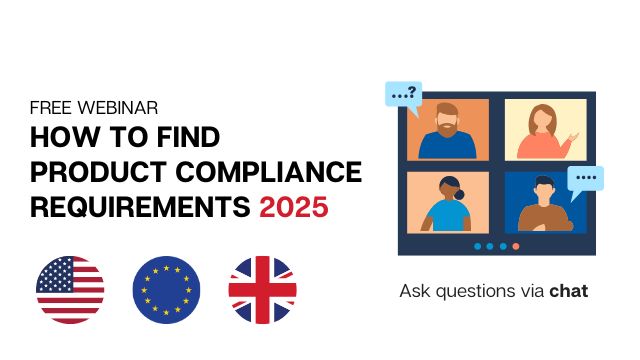



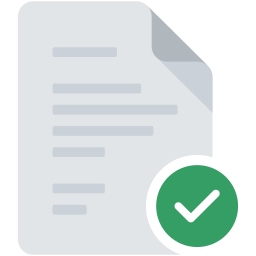

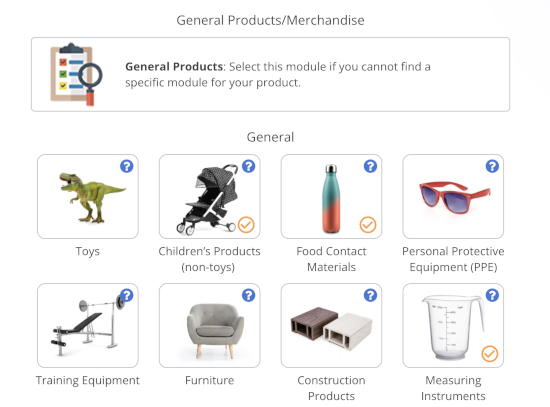






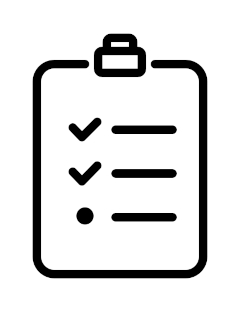


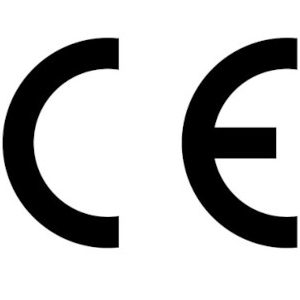




.png)
.png)
.png)
